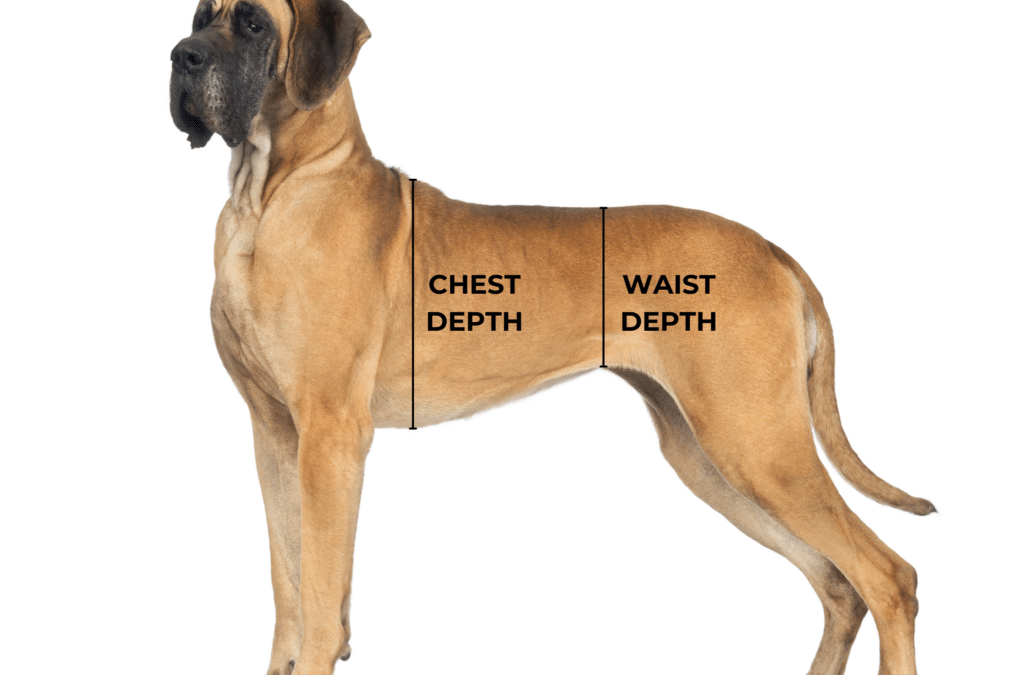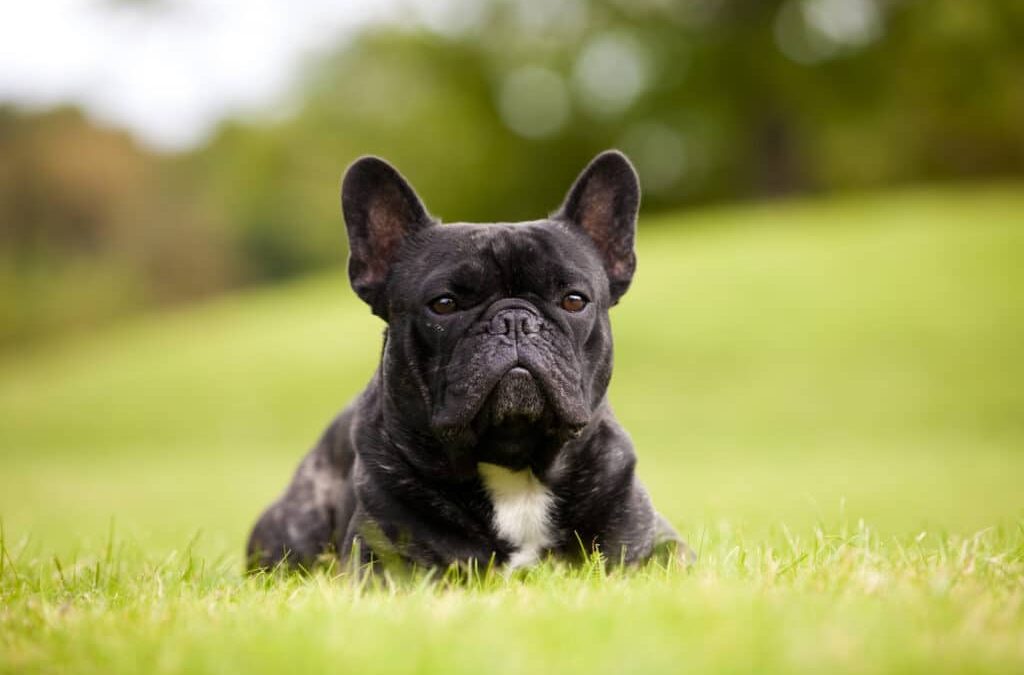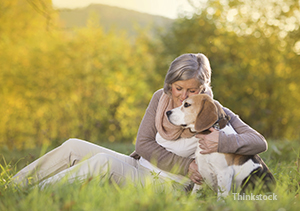
Our Top Pet Health Tips for Autumn
Matt Henry, Lifestyle ContributorKeep your furry friends healthy and happy this fall!Dog Checkups & Preventive Care

Ahhh, Fall! This time of year means football, crisp air, colorful foliage and even, depending on where you live, a little bit of snow. It’s a great time to get outside with your pet; for a dog, there’s nothing like a romp in the leaves, while for cats, midday sunbeams have never felt better as the days get shorter and the nights get colder. When it comes to keeping your pet healthy and helping him enjoy fall to the fullest, there are some things to keep in mind. Read on for our top fall pet tips.
#1. Watch out for ticks in fall
Just because fall is here doesn’t mean that ticks aren’t still lurking. In fact, according to the University of Rhode Island, many species of ticks are active even into the winter and can survive the first frost. Here are some tips to keep your pet tick-free this fall:
- Don’t let ticks cozy up. Eliminate their favorite environments, such as leaf and garden litter, where ticks can sometimes survive even into winter.
- Check for ticks frequently.
- Continue using tick control and repellent products, especially if you spend a lot of time outdoors with your pet enjoying activities like hiking, camping, or hunting.
- Ask your veterinarian about regular screening for tick-borne infections. (The Companion Animal Parasite Council recommends screening annually for tick-borne infections.)
[Learn about tick disease in your area.]
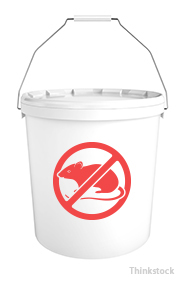
#2. Beware rat poison and other rodenticides
Fall is the time of year when mice, rats, and other rodents start to scurry for warmth. And where do they find it? You guessed it – your home!
Be careful when it comes to mouse traps and rodenticides like rat and mouse poison. Nobody wants an infestation of mice, but many poisons that are currently on the market can be very harmful to dogs and cats. Direct ingestion can be deadly. Make sure you talk to your veterinarian about methods of pest control that are safe for your pets.
Even if you don’t have a rodent problem or choose to deal with mice and rats humanely using live traps, you never know what methods your neighbors are using. The carcasses of rodents that have been killed by rodenticides can also be dangerous, so if you see the telltale tail dangling from your pet’s mouth, make sure he drops it and keep an eye on him, and if you think your pet has eaten any of the rodent, contact your veterinarian immediately.
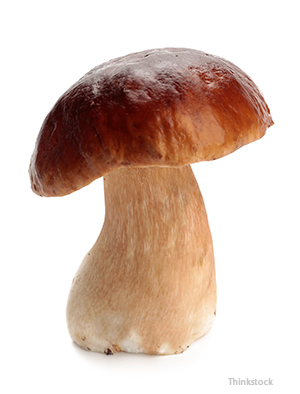
#3. There is a fungus amongus!
In some regions of the country, fall is just as wet as spring. That means that more mushrooms dot backyards and forest floors. While most mushrooms are perfectly safe, there’s a small percentage that are highly toxic to our furry friends (and to us!). Check out this handy guide from the ASPCA to stay informed about toxic mushrooms, and if you think your pet has gobbled up a toxic mushroom, contact the ASCPA Animal Poison Control Center immediately!
#4. Feed your pet right
It’s getting colder out there, and cool temperatures mean more energy is needed to stay warm. You’ll probably need to feed your pet a bit more food – food generates body heat, so pets who spend a lot of time exercising outdoors need to eat more than in the summer. However, don’t start dishing out more food just yet – make sure you talk to your veterinarian first, as every pet’s needs are different.
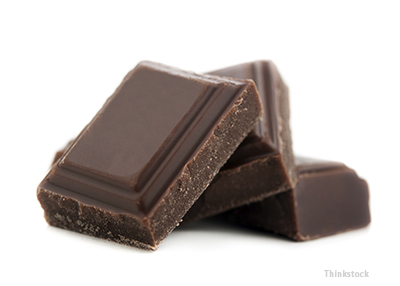 #5. Watch out for antifreeze toxicity
#5. Watch out for antifreeze toxicity
In preparing for the winter months ahead, people tend to use fall to winterize their cars. This often involves changing fluids such as antifreeze, which can be deadly for pets. Consider this: one to two teaspoons of the stuff can kill a 10-pound dog! Less can kill a 10-pound cat.1
Part of the problem is ethylene glycol, a substance in antifreeze that has a sickly-sweet smell that entices pets to lap it up. That’s why it’s important to clean up spills immediately and make sure your pets steer clear of the garage while you’re working on your vehicle. Read our in-depth article to learn more about the dangers of antifreeze and other automotive fluids.
#6. Beware chocolate and hearty foods
The fall and winter parallel our holiday seasons, when we ramp up our intake of hearty, heavy foods and sweets. It’s important to make sure your pets don’t get into any foods that can make them sick; for dogs, this means chocolate, grapes, and raisins are off limits because they are toxic.
Just because some foods aren’t technically considered toxic to pets doesn’t mean they’re safe. Rich, high-fat foods can cause stomach problems such as diarrhea and gastroenteritis and even more serious conditions like pancreatitis. Also, think about small food items that can be choking hazards, like turkey bones around Thanksgiving. Talk to your veterinarian to make sure you know what’s safe and what’s not.
#7. Be careful with decorations
Holidays mean decorations! But be careful about leaving irregularly shaped objects and trinkets around the house. While you might like to get into the seasonal spirit, dogs and cats do too – in the form of sampling, say, decorative gourds or other fall props. Eating strange objects can be dangerous and lead to foreign body obstruction. Learn what to watch for, including symptoms, in our in-depth article about foreign body ingestion.
If you have any questions or concerns, you should always visit or call your veterinarian – they are your best resource to ensure the health and well-being of your pets.
1. Information obtained from “Position Statement on the Use of Taste Aversive Additives in Antifreeze,” ASPCA, Web Access 24 Oct. 2012.

